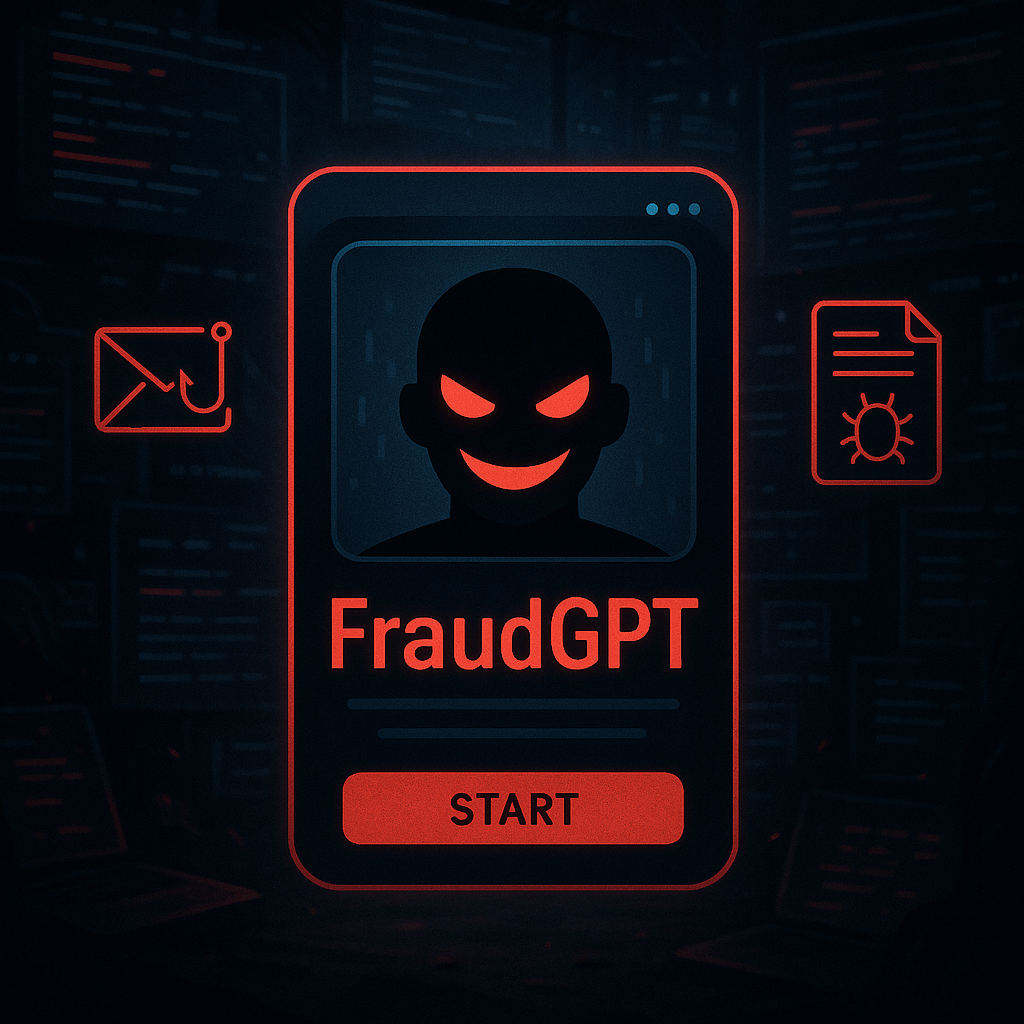Table of Contents
Data Leak Explained
A data leak refers to an unauthorized and unintentional release or exposure of sensitive or confidential information from a secure location to an untrusted environment. In the context of the digital era, data leaks most commonly occur within computer networks, cloud services, or other online platforms. Such incidents can lead to severe consequences for individuals, organizations, or even nations, as valuable data ends up in the hands of malicious actors or unauthorized parties.
Data leaks typically happen due to various reasons, including human error, inadequate security measures, vulnerabilities in software or hardware, insider threats, and cyber-attacks. Human error, such as misconfiguration of cloud storage settings or accidental sharing of sensitive information, remains one of the most common causes of data leaks. Additionally, sophisticated cyber-attacks like hacking, phishing, or malware infections can exploit system weaknesses, allowing cybercriminals to gain access to valuable data.
Data Leaks vs. Data Breaches and Data Loss
Data Leak vs. Data Breach
The terms "data leak" and "data breach" are often used interchangeably, but they have distinct differences. While data leaks refer to the unintentional release of information, data breaches involve unauthorized access or acquisition of sensitive data by malicious actors. In essence, a data leak is a subset of a data breach. Data breaches can occur through hacking, insider threats, or social engineering, and they may or may not lead to data leaks.
Data Leak vs. Data Loss
Data loss refers to the irreversible destruction or deletion of information, whereas data leaks involve the accidental exposure of data without its intended recipients. Data loss is often caused by hardware failures, software bugs, natural disasters, or deliberate actions, such as data wiping or ransomware attacks. On the other hand, data leaks generally result from human error, misconfigurations, or cyber-attacks.
How Data Leaks are Exploited
Data leaks can be exploited in various ways by malicious entities:
-
Identity Theft: Stolen personal information from data leaks can be used to commit identity theft, opening the door to financial fraud, applying for loans, or conducting illegal activities in the victim's name.
-
Financial Fraud: Leaked financial data, such as credit card details or bank account information, can be exploited for unauthorized transactions and fraudulent purchases.
-
Corporate Espionage: Competing companies or nation-state actors may use leaked proprietary information to gain a competitive advantage or harm the affected organization.
-
Reputation Damage: Sensitive information, once leaked, can tarnish an individual's or organization's reputation, leading to loss of trust and credibility.
-
Extortion: Cybercriminals may exploit leaked data to extort money from affected individuals or organizations, threatening to reveal more information or sell it to the highest bidder.
Why Data Leaks Matter
Data leaks are significant for several reasons:
-
Privacy Violation: They infringe upon individuals' privacy rights by exposing personal information without consent.
-
Financial Loss: Data leaks can lead to financial losses for organizations and individuals due to fraudulent activities and legal consequences.
-
Legal and Regulatory Consequences: Data leaks may result in legal actions and regulatory fines, especially if they involve sensitive data governed by data protection laws.
-
Loss of Trust: Organizations experiencing data leaks may suffer a loss of customer trust, which can have long-term impacts on their business and brand reputation.
-
National Security: In cases where sensitive national security information is leaked, it can pose a threat to the security and interests of a country.
How Data Leaks Can Be Prevented
Preventing data leaks requires a comprehensive and multi-layered approach:
-
Employee Training: Regular training on data security best practices can help employees understand the importance of handling data securely and avoid potential mistakes.
-
Data Encryption: Encrypting sensitive information both in transit and at rest can add an extra layer of protection, even if data is inadvertently exposed.
-
Access Controls: Implement strong access controls, limiting access to sensitive data only to authorized personnel, and regularly review and update user permissions.
-
Network Monitoring: Employ real-time monitoring and intrusion detection systems to identify suspicious activities and potential data leaks promptly.
-
Patch Management: Keep software and systems up-to-date with the latest security patches to address known vulnerabilities.
-
Accidental Data Exposure & Data Loss Prevention: ADE & DLP solutions can automatically detect and prevent sensitive data from leaving the network or being shared with unauthorized recipients.
-
Regular Audits: Conduct periodic security audits to identify potential weaknesses in data handling and storage practices.
By following these preventive measures, organizations and individuals can significantly reduce the risk of data leaks and better safeguard their sensitive information from falling into the wrong hands. Remember, data security is an ongoing process, and continuous efforts are required to stay ahead of evolving threats and vulnerabilities in the digital landscape.
Learn more about IRONSCALES advanced anti-phishing platform here. Get a demo of IRONSCALES™ today! https://ironscales.com/get-a-demo/
Explore More Articles
Say goodbye to Phishing, BEC, and QR code attacks. Our Adaptive AI automatically learns and evolves to keep your employees safe from email attacks.

/Concentrix%20Case%20Study.webp?width=568&height=326&name=Concentrix%20Case%20Study.webp)












